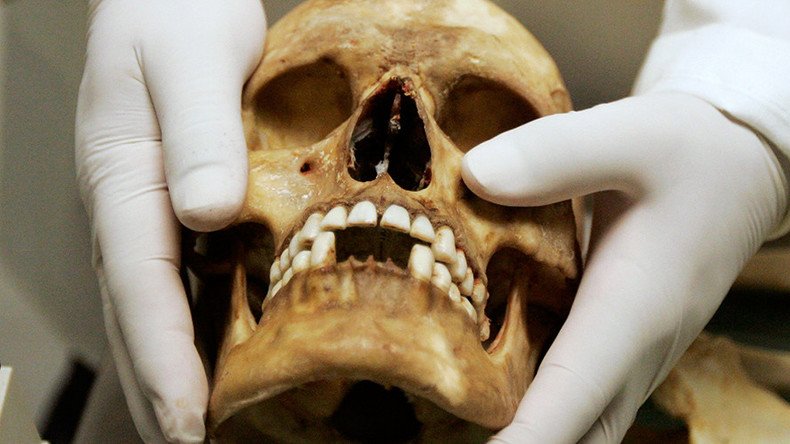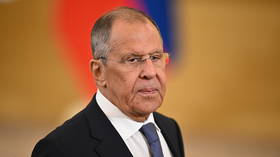Irish DNA has Middle Eastern and Russian roots, gene study shows

Irish DNA originates in the Middle East and southern Russia, from where settlers brought ceramics and cattle as well as the genetic features of brown hair and blue eyes, scientists have discovered.
Scientists from Belfast and Dublin have analyzed remains found in ancient tombs in Ireland to get a broad picture of migration to the country.
They used genetic evidence from the body of a woman who lived around 5,000 years ago and was buried near Ballynahatty, close to Belfast, and the remains of three men who lived between 3,000 and 4,000 years ago in Country Antrim.
Based at Trinity College Dublin, the experts traced ancient migration patterns using a method called whole-genome analysis, which examines where people came from genetically rather than at their personal DNA characteristics.
Testing confirmed the modern Irish are descended from Stone Age people from the pre-biblical Middle East and migrants from southern Russia.
The Middle Eastern wanderers displaced the native tribes and brought with them cereal, agriculture, cows and the feature of dark hair and brown eyes.
Later settlers with copper working skills arrived from the steppes of southern Russia, bringing a tolerance for milk in adulthood, blue eyes and the inherited blood disorder haemochromatosis – which is common enough in Ireland to be known as Celtic disease.
It is thought parts of that ancient Russian language are still used in modern Irish.
Dan Bradley, a professor of population genetics at Trinity College, told the Guardian: “There was a great wave of genome change that swept into Europe from above the Black Sea into Bronze Age Europe and we now know it washed all the way to the shores of its most westerly island.”
“And this degree of genetic change invites the possibility of other associated changes, perhaps even the introduction of language ancestral to western Celtic tongues,” he added.












